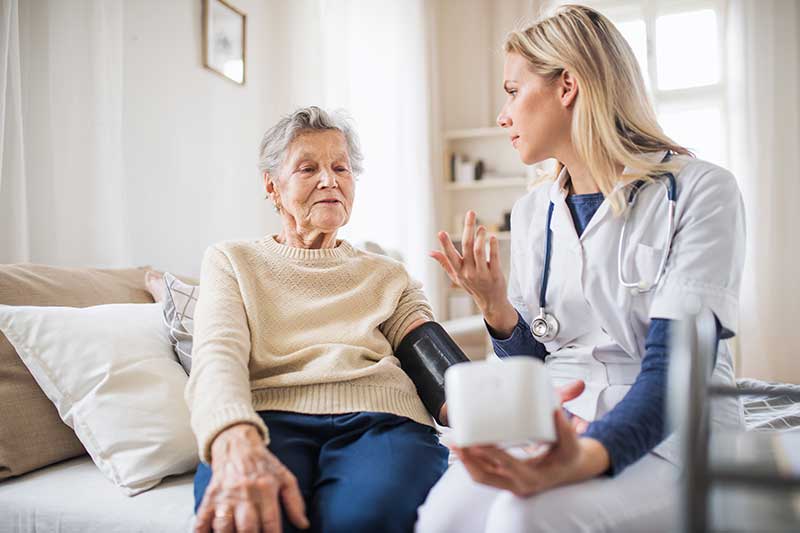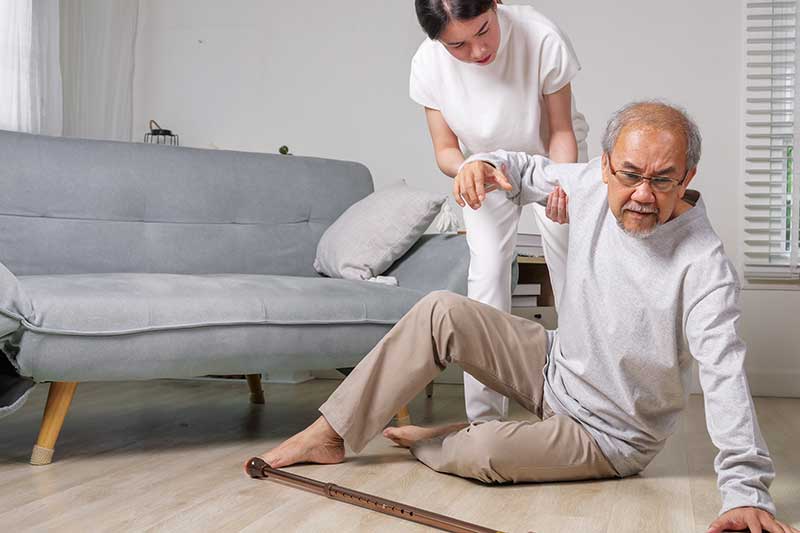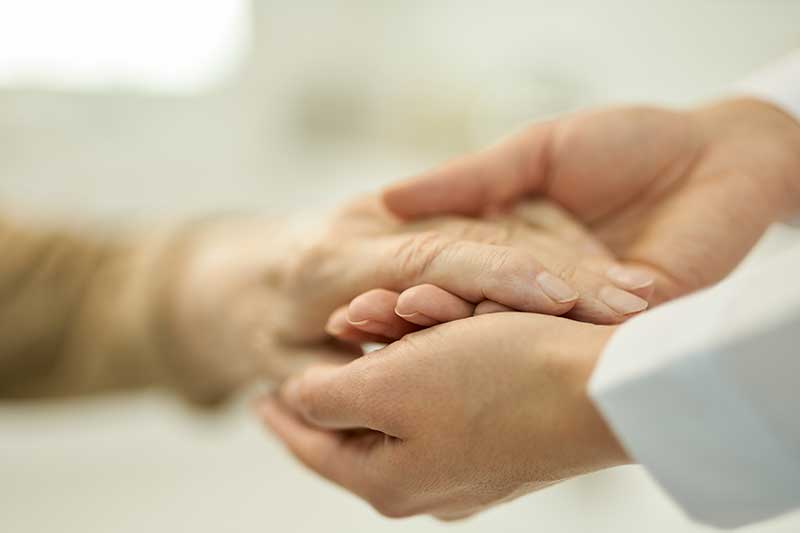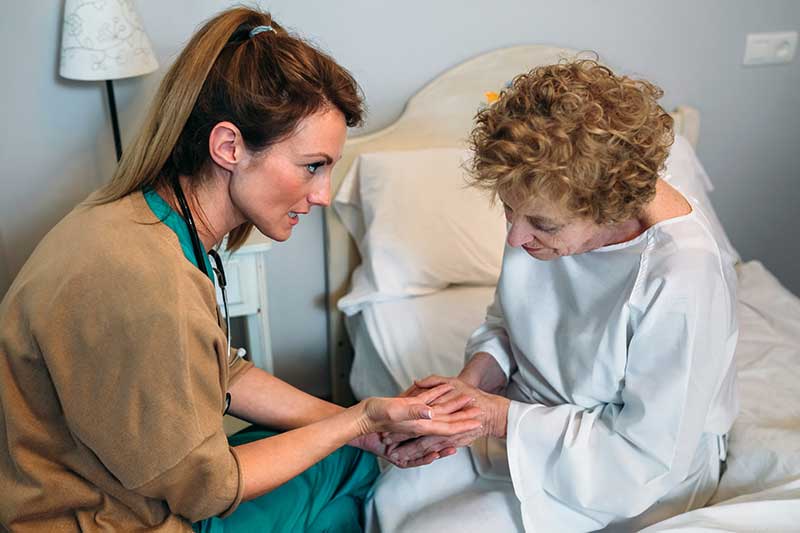Falls are a major issue for seniors, frequently resulting in catastrophic injuries and a decrease in overall well-being. However, with the appropriate strategies in place, many falls can be avoided, allowing seniors to preserve their independence and standard of living. In this blog post, we’ll look at proactive fall prevention strategies, such as home adaptations, balance exercises, and vision exams.
Understanding The Risk
Falls are not an unavoidable part of aging, although certain variables can raise a person’s risk. These variables may include muscle weakness, balance concerns, pharmaceutical side effects, chronic diseases, eyesight impairments, and hazards in the house. By identifying and treating these risk factors, seniors can greatly lower their chances of falling.
Home Modifications
One of the most effective strategies to prevent falls is to make changes to the home environment that eliminate possible hazards. Begin by ensuring that walkways are free of clutter and impediments. Secure loose rugs or remove them entirely to avoid tripping. Install handrails on staircases and grab bars in restrooms for added stability and support. Improve illumination in low-light regions, and utilize night lights to brighten walkways at night. Consider adding nonslip flooring in moisture-prone areas like bathrooms and kitchens.
Balance and Strength Exercises
Regular exercise can help improve balance, strength, and flexibility, lowering the chance of falling. Seniors should practice balance-enhancing exercises such as standing on one leg, heel-to-toe walking, and Tai Chi. Strength training routines for the major muscular groups, such as the legs, core, and upper body, are also effective. It is critical to work with a healthcare practitioner or trained fitness instructor to create a safe and effective workout plan that is personalized to your specific requirements and skills.
Vision Checks
Changes in eyesight can have a substantial impact on balance and coordination, increasing the risk of falling. Seniors’ vision should be tested on a regular basis by an eye care specialist, such as an optometrist or ophthalmologist. Ensure that corrective lenses are up to date and suitable for the individual’s requirements. To retain excellent vision and limit the risk of falling, treat any vision impairment issues as soon as possible, such as cataracts or macular degeneration.
Footwear Considerations
The type of footwear worn can affect balance and stability. Encourage seniors to wear supportive, well-fitting shoes with nonslip soles indoors and out. Avoid shoes with high heels, worn-out soles, or slick materials, as they can increase the risk of slipping and falling. If necessary, consider investing in specialized footwear designed to improve stability and prevent falls.
Regular Health Assessments
Regular health screenings can aid in identifying and treating underlying medical issues or prescription side effects that may raise the risk of falling. Seniors should receive full exams from their healthcare physician, including assessments of muscle strength, balance, gait, and mobility. Review your medications on a frequent basis to look for any potential interactions or adverse effects that could compromise your balance or coordination.
Stay active and engaged
Encourage seniors to keep active and participate in social and recreational activities to maintain their physical and mental health. Participating in group fitness programs, hobbies, and community events not only increases physical activity but also combats social isolation and sadness, all of which are risk factors for falls.
Empowerment through Education
Educating elders and their caregivers on fall prevention measures is critical for empowering them to take proactive efforts to protect their health and independence. Provide information on the importance of fall prevention, prevalent risk factors, and how to create a safe living environment.
Falls are a major issue for seniors, but with proactive methods and preventive measures in place, many falls can be prevented. Seniors can lower their risk of falling by addressing risk factors, making home modifications, exercising regularly, and prioritizing vision exams and health evaluations. Remember that fall prevention is a collaborative endeavor involving seniors, caregivers, healthcare professionals, and community organizations. Together, we can make our communities safer while also empowering seniors to live active and rewarding lives.













